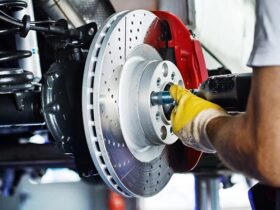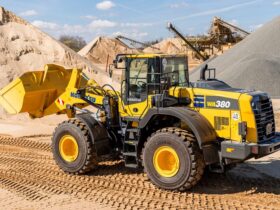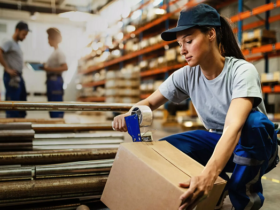With the onset of cold weather, there is an urgent need for high-quality roof insulation in industrial premises, here Thermolife will come to the rescue. If the winter turns out to be cold, then in this case even powerful heaters do not save, and you have to look for an additional way to keep warm. To prevent your property from freezing, roof insulation is just such a way out.
The cheapest way is to use mineral wool, which has excellent thermal insulation properties. It is supposed to be laid between the main load-bearing panel roof and the roof itself, such as from corrugated euroslate or ondulin. To prevent condensation from collecting at the bottom of the mineral wool (heat will be given off by the panel plate), a layer of polyethylene film should be laid.
Another cheap material for thermal insulation is polystyrene foam boards, which are excellent in that they do not swell and do not absorb moisture from the atmosphere. If you correctly lay the carpet only from polystyrene foam plates, then in this case the plates will play the role of both vapor barrier and waterproofing. To make the quality of work really excellent, it is customary to use a tongue-and-groove system to connect such plates.
Some models of such plates have the necessary ready-made technological holes designed directly for the installation of tiles, which allows attaching the tiles to the polystyrene foam plate with the least problems, without requiring a metal or wooden crate. But if you use such a design when building a roof, then the step of the rafters should be significantly less. This method of using insulation is more suitable for ordinary gable roofs, but will not be acceptable for complex geometries. The main disadvantage of such a roof will be the combustibility of the material from which it is made.
To get rid of such defects, you can use special basalt mineral fiber insulation. Such fibers can easily withstand positive temperatures up to + 900C, and up to cryogenic – 265C.
But the most valuable thing in them is their extremely low ability to hygroscopicity (no more than one percent), which allows the use of this material without using a layer of polyethylene film. It is enough to lay such slabs tightly, end-to-end to a wooden crate, then cover with any roof, and from now on it will be possible to assume that the temperature in the production room will always be positive in winter, any real estate will provide normal working conditions for production.
Of course, it is still necessary to install heaters, but as a result of the measures taken, energy costs can be significantly reduced, and the cost of less powerful heaters will be a pleasant bonus to the work carried out.











Оставить ответ